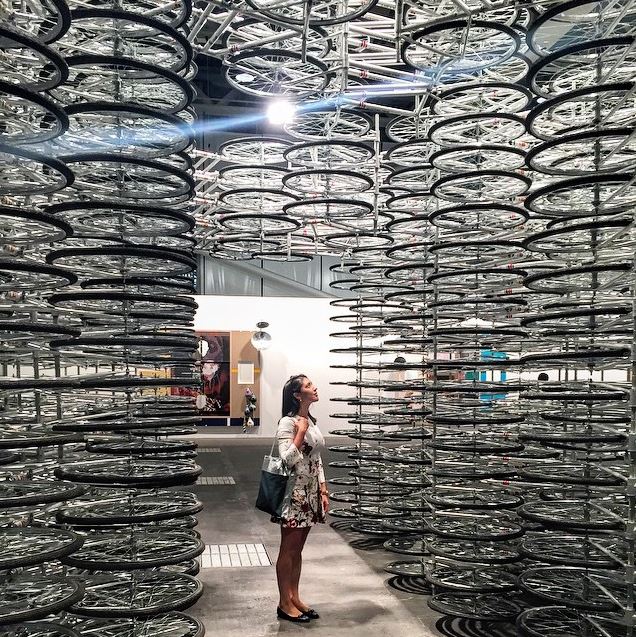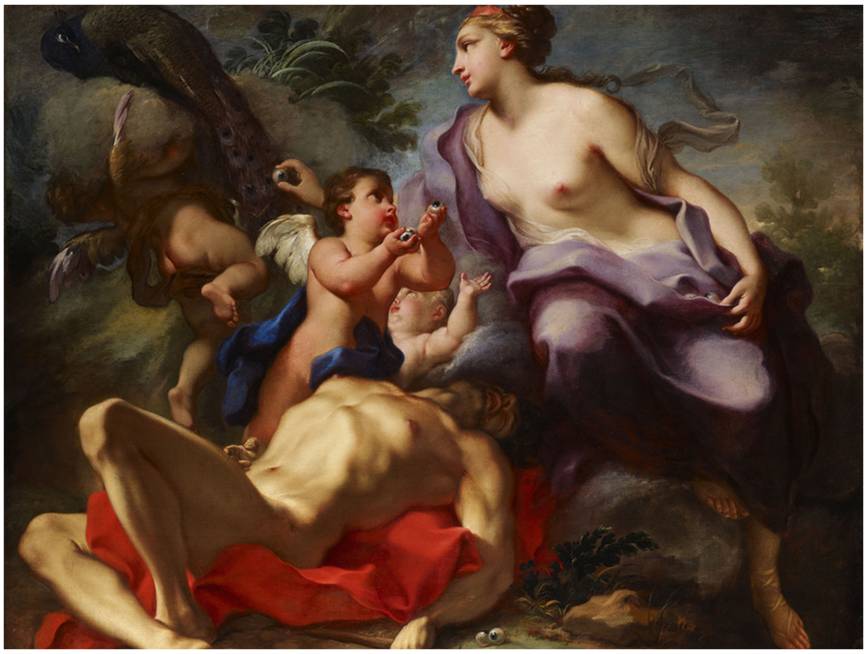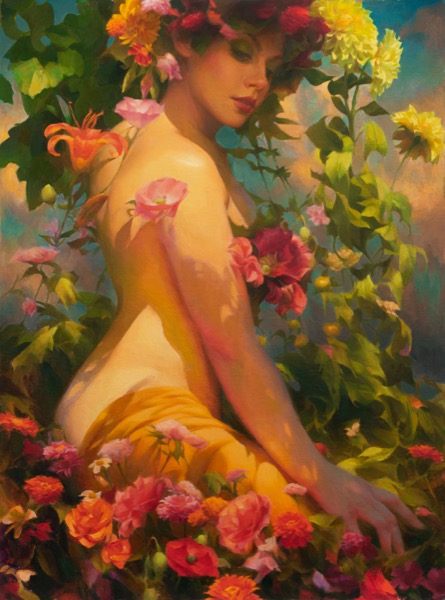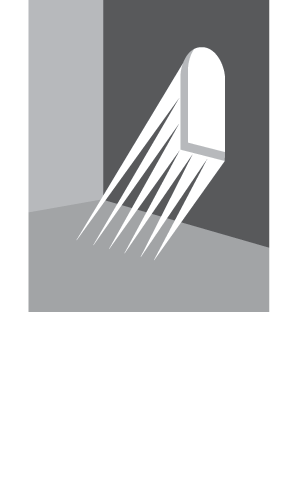With the conclusion of Art Basel 2015 (June 18-21), it is an opportune time to discuss the role of international art fairs in the global art market. Founded in 1970 and touted as the premier fair for Modern and contemporary art, Art Basel exhibited the works of over 4,000 artists from 284 galleries from 33 countries and attracted 98,000 visitors.

Ai Weiwei, Stacked; artnet news, 6/6/15; Photo: Instagram@alexandracoorssen
While international art fairs date back to the 15th century, they have only recently become a major player in the art world with now more than 200 being held each year. According to the TEFAF Report, in 2014, the top 22 fairs attracted over a million visitors. The U.S. held the most fairs with 39% of the total followed by Europe at 38% and Asia at 12%. More importantly, as reported in the TEFAF Report, art fairs generated at least €9.8B in sales and constituted the second largest sales channel after in-gallery sales.
The popularity of art fairs is explained by three of its major benefits: (1) collectors can view works from the top dealers in the world under one roof and have the convenience of comparison shopping; (2) works are vetted by a committee of experts for quality and authenticity; and (3) social events are held concurrently for collectors that reinforce the exciting arts “lifestyle”.

Antonio Balestra, Juno and Argus, Exhibitor Charles Beddington, Ltd.
Two of the most well known international fairs are Art Basel and TEFAF (The European Fine Art Fair). Held every year in the Netherlands, TEFAF exhibits a broad range of works from Antiquities to Old Masters to Modern and Contemporary Art.
And while the number of art fairs seems to be spreading across the globe, they are increasingly becoming the subject of scathing reviews by critics such as Adam Lindemann who explains that art fairs used to provide mutual benefits to dealers and collectors since they provided a global stage to showcase the best works of both known and unknown artists. Lindemann complains that the “freshness of new discoveries has mostly evaporated because there are so many international fairs in a single year” and the galleries now pre-sell all the best art and bring the lesser works to the fairs.
Moreover, the phenomenon of overproduction has become of increasing concern. As Georgina Adam explains in her book, “Big Bucks: The Explosion of the Art Market in the 21st Century¹, with so many art fairs around the world, dealers and their artists have had to scramble to maintain sufficient inventory, causing many artists to either outsource their production or increase production via an increasing use of multiples; photographs, videos, prints and editions.
This response by artists and dealers has lead to what many critics call “art fair art” or “zombie art” which Jason Frago of the Guardian describes as “safe, predictable abstract painting…that repeats postwar innovations in purely decorative fashion.”
Despite such criticisms, with the increasing globalization of art and the mobility of collectors, art fairs are likely to continue to dominate the arts scene at least for the near future.
Upcoming international art fairs include: Art Basel, Miami Beach (December 3-6, 2015); Art Basel, Hong Kong (March 24-26, 2016); TEFAF, Maastricht (March 11-20, 2016); Frieze London (October 14-17, 2015) and Frieze NY (May 5-8, 2016); The ADAA Art Show & Armory Shows in NYC (March 2-6, 2016).
¹Adam, Georgina (2014), Big Bucks: The Explosion of the Art Market in the 21st Century (ISBN 978-1-84822-159-8) (p. 114), UK: Lund Humphries.
Shannon Robinson is the curator and chairperson of the national exhibition Windows to the Divine and the national plein air event Altitude and Attitude. More about Shannon…






